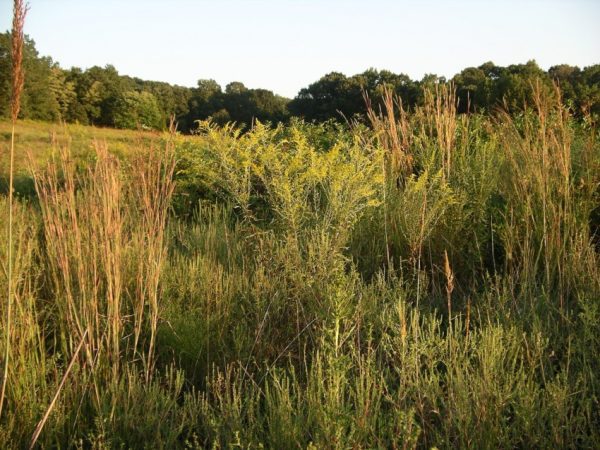Uwharries natural world shaped folklife and culture

Weaving baskets from natural materials. Gathering wild forest plants to create remedies. Whispering an incantation over a skin burn to take away the pain. Those all might sound like traditions from a forgotten age, but they’re activities that are still alive or were recently practiced in North Carolina’s Uwharrie Mountain region, a recent report says.
The North Carolina Folklife Institute (NCFI) has put together a study on the folklife and traditions of the Uwharries. In a partnership with Central Park NC, the institute started working in 2011 in the Uwharries to document traditions, primarily in Montgomery, Stanly, Anson and Davidson counties. Through research and interviews, Sarah Bryan compiled a report in March 2013, Folklife and Traditional Artists of the Uwharrie Mountain Region of North Carolina. (Download the report from the NCFI website here.)
The Uwharrie report focuses primarily on four areas of tradition: music, craft, healing and resources. The section on music highlights several styles of the area, including gospel, bluegrass, and ballads. The craft section touches on a wide variety of skilled craft traditions including quilt- and basket-making, woodcarving, gunsmithing, and knife making.
The healing section focuses on medicinal remedies, many of which are gathered from herbs and roots and other forest products. Plants such as yellow root, wild comfrey, wild cherry bark, broom sedge, and a variety of others can be used in a number of different ways and in combination with other things to treat various ailments. The section also speaks about healing-based remedies, such as “talking the fire out” of burns. I remember my paternal grandpa telling me of one occurrence of this that he witnessed as a child. This usually involves speaking a rhyme or secret Bible verse and blowing on the burn, and must be taught to a member of the opposite sex.
In each category the area’s natural heritage influences the cultural heritage. “Many Uwharries tradition-bearers share a deep interest in the forests of their native region,” the study reports, “and in the traditional ways that people have interacted with the environment, including forestry, wildcrafting, and hunting.” The land here provides the materials used to create the instruments, handicrafts and healings that are such a part of the shared heritage.
Shared heritage is something that extends across geographic boundaries, with people separated by oceans and languages having intriguing commonalities.
In a class on fairy tales in college, I learned that similar versions of stories such as Cinderella are found across the globe, originating even before travel to those regions came about. The Epic of Gilgamesh, a poem from Mesopotamia believed to be one of the first great works of literature, refers to a Great Flood like the one in the Bible. Many other cultures have similar stories of a great flood.
C.S. Lewis wrote a philosophical book, The Abolition of Man, about what he called “natural values” – in which he posited that there exists an objective set of values shared by every human culture across the globe and throughout history, such as showing respect for elders. Shared values may be argued to produce shared stories and traditions, though some are almost uncannily similar.
For example, the natural phenomenon of rain falling while the sun shines, known as a “sun shower,” is described in many cultures in terms of marriage and/or the devil. The common saying in the American South to describe a sun shower is “the devil is beating his wife.”
Sayings such as these can be considered folk life – “the everyday and intimate creativity that all of us share and pass on to the next generation,” as the American Folklife Center defines it.
One reason we find it surprising to think we have veins of similarities across cultures is that culture is what makes us unique. Preserving our heritage and celebrating those differences is wonderful, but similarities also serve to remind us that we’re not so different after all.
We are all on this same Earth, sharing experiences and materials and beliefs and hopes, and we are all folk.